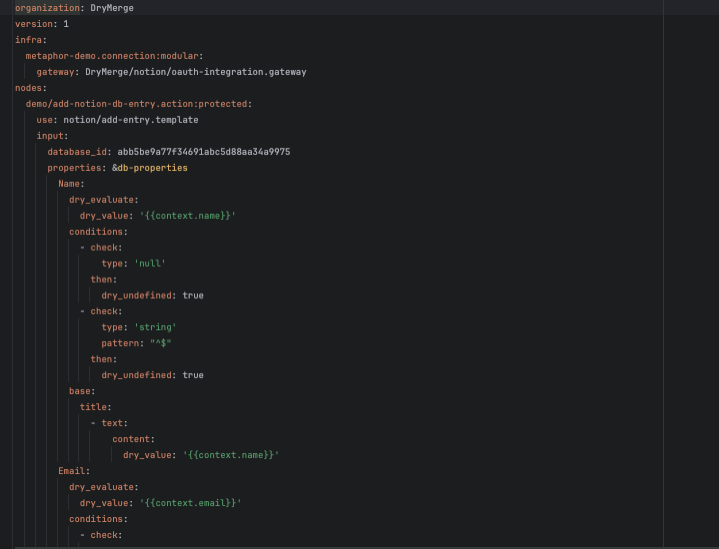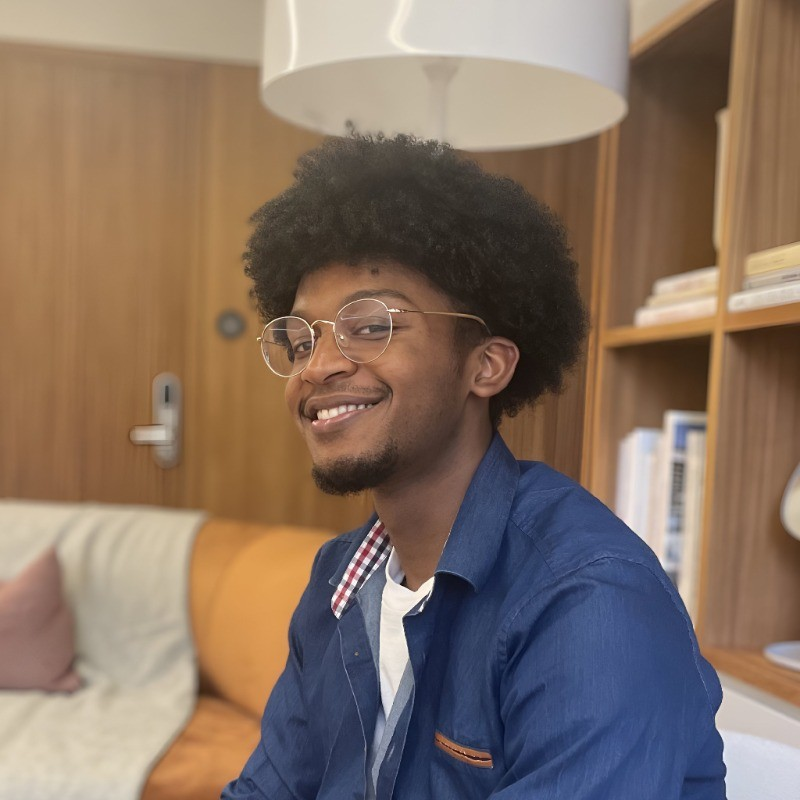If you’re reading this…
- You’re probably interested in startups and applying to YC.
- You may be a college student or young(ish) professional.
If either of these is the case, I think this could be pretty helpful! I’m going to give an overview of my YC application experience and process over 3 years and what I think the pivotal attributes were that finally got me in.
Step 1: Fail, a lot
By the summer of my Senior Year, I’d applied to YC 3 times. The first time was in high school with an edtech startup, the second time was in Sophomore year with a charity startup, and the third time was in Junior year with a video editor. I was rejected all three of them and never got an interview.
Looking back, the ideas were all pretty bad. I had next-to-no traction for any of them, the markets were bad, the ideas didn’t make much sense, and the teams I applied with were simply not very compelling.
Step 2: Improve yourself over time
But one thing remained true — I was really young, I was building stuff, and I looked like I was improving. As I continued to get rejected from YC, I was doing internships — first at Amazon, second at Meta, and third at Stripe. The ideas, while all bad, were getting better. The third time I applied, I even had a couple of users. I looked like I was improving as a builder, and I certainly felt like it. YC thought so as well — this rejection came with a short note about me.

YC rejection note mentioning top 10%
Step 3: Get lucky (not as hard as it sounds)
The story of how I finally got into YC is fairly short. It was about a year ago, and I was working at Stripe. As I did every summer, I started building a personal project.
I put a lot of thought into what I wanted to build here — I wasn’t really thinking about solving people’s problems, but I did want to build something cool with AI, and it seemed intuitive that integrations were something that AI would be pretty valuable in. And so I decided to build an AI integration product.
The initial version of this sucked. It was so bad. It was a YAML-based DSL for wrapping API calls (whatever that means). It looked terrible, felt terrible to use, and was pretty dysfunctional.

Early version of DryMerge
But the idea of it was enough to convince my eventual co-founder (and childhood friend), Sam, to join me in building it after work. Sam, who was living in San Francisco at the time, was working at Hive AI after graduating from the University of Wisconsin 2 years early. We’d get on calls after we were both done with work and we’d grind out code for this (again, terrible) product. This lasted until mid-July, at which point I was heading to San Francisco for a Stripe offsite. While I was getting on the plane, Sam called me — “YC’s taking early applications for W24”. I was 100% positive that our traction was not sufficient to get in. But when I got off the plane, Sam called again — “come over, let’s apply it can’t hurt”. And so I went over we, did the application in an evening, and we went to grab dinner.
At dinner (the same night of applying), I got a message from a YC group partner: “what would you do about school Edward?“. I sent something noncommittal back, something like “given sufficient traction i’d highly consider taking time off”. The response was no-nonsense — “what’s sufficient traction?“. And I responded “if we got into YC I’d drop out”.
We were slated for an interview the next day, did it on Friday, got a call on Saturday, and then I… committed to dropping out.
Takeaways
I thought a lot about this sequence for a few months afterward. Initially, I really only thought about the dumb luck part of it — the probability that we’d see early application invites online, that I’d be flying to San Francisco on the deadline day, that Sam would graduate 2 years early and be working in the city, and that we’d have been working on an idea together before applying seemed… very low.
But I think the main takeaway here is that YC really likes compelling teams who have demonstrated that they can build.
This seems pretty abstract, but it makes a lot of material sense when you look at this story’s progression — I initially applied as a High Schooler who’d built a website — not very compelling, then as a Yale student who’d worked at Amazon and built two websites — a little more compelling, then as a Yale student who’d work at Amazon and Meta and built 3 websites, one with a few users, and was applying with a technical cofounder — compelling enough to be top 10%, and finally I applied as a Yale student who’d worked at Stripe, Meta, and AWS who’d built something with AI during the initial AI boom and was applying with a similarly compelling childhood best friend.
I clearly wanted to build, I was definitely improving, and LLMs meant that a lot of the industry was going to be disrupted – and college students sometimes disrupt in big ways.
From YC’s perspective, the expected value of this bet was pretty good based on the very limited signal they got.
So if I were to think about my path in, it really relied upon continually improving my personal image (through tech prestige, ick), and proving that I was always ready to build something.
This is clearly not the only path in, or even the most effective path in. The best path is always to build something that people want, prove they want it, and prove that you’re willing to keep at it. But for younger college students, that’s… very hard, as not many of us really know what people want in the realm of B2B SaaS. So if you’re in that boat, I’d recommend building a ton of stuff with people you like and (if you can) doing internships at tech companies. That’s two big checkmarks for YC, and a whole ton of fun if you like building stuff.

